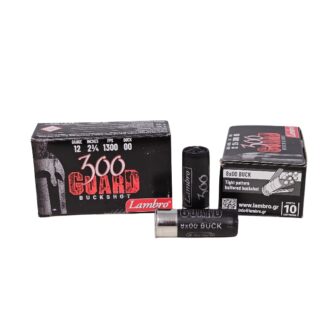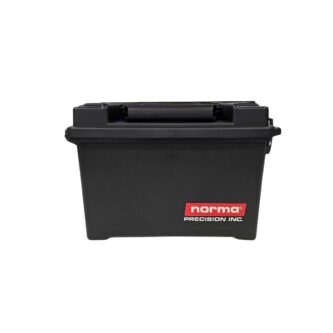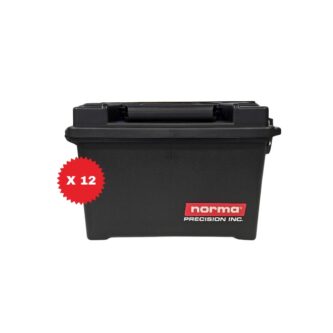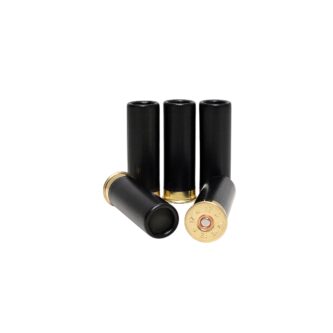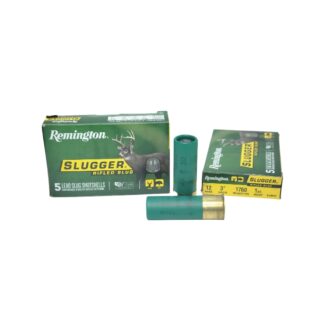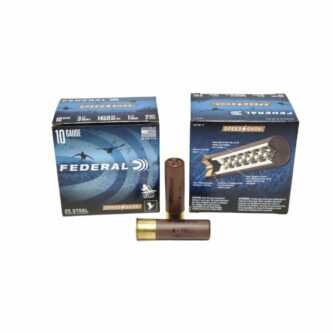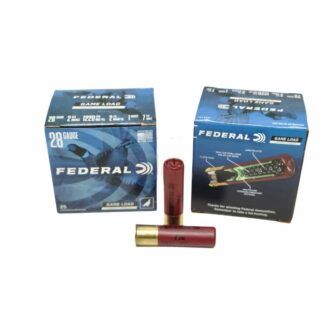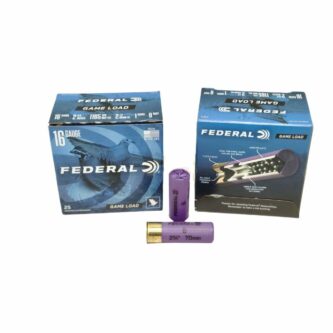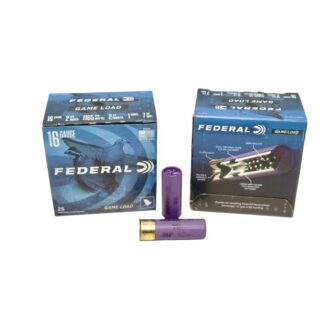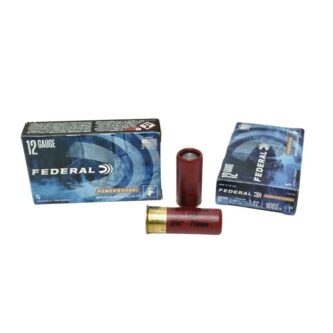Welcome to our Shotgun Shell FAQ by KIR Ammo! Whether you’re a seasoned shotgun shooter or new to the sport, understanding the various types and components of shotgun ammunition can be overwhelming. That’s why we’ve put together this FAQ to answer some of the most common questions about shotgun shells. From gauges and shot sizes to brands and reloading, we’ll cover the basics so that you can feel confident when purchasing and using shotgun ammunition. Let’s dive in!
Popular Shotgun Shells In Stock
Q: What is shotgun ammunition?
A: Shotgun ammunition, also known as shotgun shells, is a cartridge that is designed to be used in shotguns. It contains gunpowder, a primer, and projectiles such as birdshot, buckshot, or slugs.
Q: What are the most common gauges for shotgun ammunition?
A: The most common gauges for shotgun ammunition are 12 gauge, 20 gauge, and .410 bore. But, we carry many other sizes of shotgun shells and you can check out all sizes of shotgun shells.
Q: What is the difference between birdshot, buckshot, and slugs?
A: Birdshot is small lead or steel pellets that are designed for hunting small game. Buckshot is larger pellets that are used for hunting larger game or for self-defense. Slugs are single, solid projectiles that are used for hunting larger game or for self-defense. Click on this link for a more detailed article on the types of shotgun shells.
Q: Can I use shotgun ammunition interchangeably between different gauge shotguns?
A: No, shotgun ammunition is specific to the gauge of the shotgun. For example, 12 gauge ammunition cannot be used in a 20 gauge shotgun and vice versa.
Q: What is shot size and how does it affect my shooting?
A: Shot size refers to the size of the individual pellets in the shotgun ammunition. Smaller shot sizes are typically used for smaller game or clay shooting, while larger shot sizes are used for larger game or self-defense.
Q: What is shotshell length?
A: Shotshell length refers to the length of the shotgun shell. Different gauges and loads may require different shotshell lengths.
Q: What brands of shotgun ammunition do you carry?
A: We carry a variety of brands, including Winchester, Federal, Remington, Fiocchi, and Hornady.
Q: Can I reload my shotgun shells?
A: Yes, shotgun shells can be reloaded using reloading equipment and supplies. However, it is important to ensure that you are following all safety guidelines and have the necessary knowledge and experience before attempting to reload your own ammunition.
Q: How many pellets are in a shotgun shell?
A: The number of pellets in a shotgun shell varies depending on the size of the shot and the gauge of the shotgun shell. For example, a 12-gauge 2-3/4″ shell loaded with #8 shot may contain around 410 pellets, while the same shell loaded with #4 shot may contain only around 135 pellets. A 20-gauge shotgun shell loaded with #7.5 shot may contain around 280 pellets, while the same shell loaded with #4 shot may contain around 140 pellets. The number of pellets in a shotgun shell can also vary based on the specific brand and load.
Q: How many shells can a shotgun hold?
A: The number of shells that a shotgun can hold depends on the type of shotgun, its magazine capacity, and the size of the shells. Shotguns can typically hold anywhere from 1 to 10 shells at a time. Pump-action and semi-automatic shotguns usually have a larger magazine capacity, while break-action shotguns usually hold fewer shells. It’s important to note that in some states, there may be legal limits on the number of shells that a shotgun can hold when used for hunting or other purposes. It’s important to check your local laws and regulations regarding shotgun magazine capacity to ensure that you are in compliance.
Q: Why are shotgun shells plastic?
A: Shotgun shells are typically made with a plastic casing for a few reasons. First, plastic is a lightweight and durable material that can withstand the pressures and stresses of firing. Second, plastic shells are less prone to corrosion than traditional paper shells, which helps to ensure that the ammunition remains reliable and functional over time. Additionally, plastic shells are more water-resistant than paper shells, which makes them ideal for use in wet or humid environments. Finally, plastic shells are easier to manufacture and can be produced at a lower cost than paper shells, which makes them a more cost-effective option for many manufacturers and consumers.
Q: How long to shotgun shells last?
A: Shotgun shells can last for a long time if they are stored properly. The shelf life of shotgun shells can vary depending on the quality of the ammunition and the storage conditions. If stored in a cool, dry place, shotgun shells can last for several years or even decades. However, if they are stored in a humid or damp environment, the shells can deteriorate more quickly and may become unreliable or even dangerous to use.
It’s important to inspect shotgun shells before using them to ensure that they are still in good condition. Look for any signs of corrosion or damage to the casing or primer, such as dents or cracks, as these can affect the performance and safety of the ammunition. If you are unsure about the condition of your shotgun shells, it’s best to err on the side of caution and dispose of them properly. You can learn more about storing ammunition with our Guide to Storing Ammunition.
Q: How far do shotgun shells / loads travel?
A: The distance that shotgun shell loads can travel depends on several factors, including the type of shell, the size of the shot, the gauge of the shotgun, and the angle of the shot. The effective range of shotgun shells can range from a few yards to several hundred yards, depending on these factors.
For example, birdshot loads typically have a shorter effective range than buckshot or slug loads, which are designed for longer distances. In general, smaller shot sizes will have a shorter effective range than larger shot sizes, and a shotgun with a smaller gauge will typically have a shorter range than a shotgun with a larger gauge. The angle of the shot can also affect the effective range, as a shot that is fired directly at a target will have a shorter range than a shot that is fired at an angle.
It’s important to always be aware of the potential range of your shotgun shells and to use them responsibly and safely. Never fire a shotgun at a target that is beyond your intended range, and always ensure that you have a clear and safe backstop to stop any stray pellets or shots.
Q: How do I dispose of old shotgun shells?
A: The best way to dispose of old shotgun shells is to contact your local hazardous waste disposal center or local law enforcement agency. They can provide guidance on how to properly dispose of the shells and may offer specific instructions for your area.
It’s important to never dispose of shotgun shells in the regular trash or recycling bin, as they can be dangerous and potentially explosive. Do not attempt to burn or bury shotgun shells, as this can also be hazardous and may violate local laws and regulations.
If you’re not sure how to dispose of old shotgun shells, contact your local authorities for guidance. It’s always better to err on the side of caution when it comes to disposing of potentially hazardous materials.
